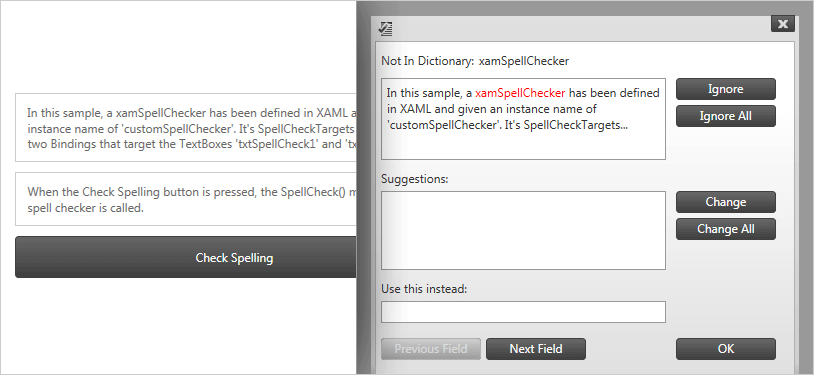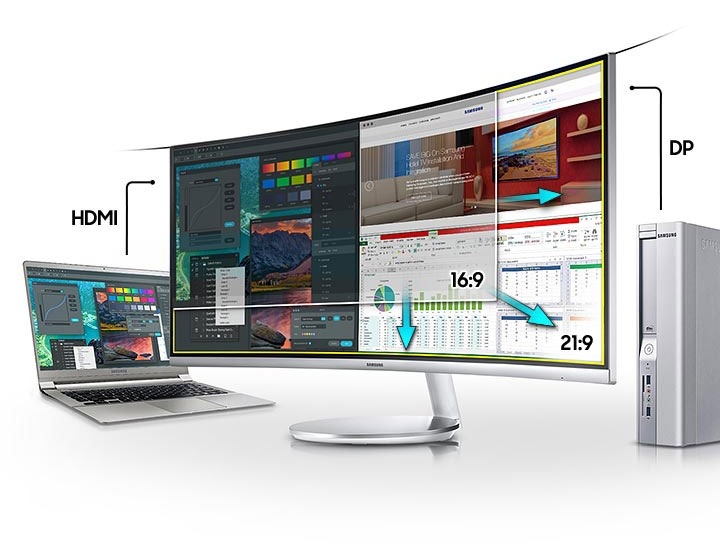


Setting and the path provided by this call are different, VRInputError_MismatchedActionManifest is returned. Was set on the Steam partner site, calls to this function are ignored. Sets the path to the action manifest JSON file that is used by this application.
SCOPEBOX INPUT SOURCES CODE
Add a call to vr::VRInput()->UpdateActionState() at the top of the application's input processing code before reading any action state.actions/my_app) into handles that can be used at runtime. Add one or more calls to vr::VRInput()->GetActionSetHandle() to the application's initialization.actions/my_app/in/DoSomething) into handles that can be used at runtime. Add several calls to vr::VRInput()->GetActionHandle() to the application's initialization.This function takes an absolute path to the application's action manifest file. Add a call to vr::VRInput()->SetActionManifestPath() to the application's initialization.Create an action manifest file to allow SteamVR to know what actions exist in the application.This will enable some options that will be used in later steps. Check "Enable debugging options in the input binding user interface" under Developer settings in SteamVR.To use the IVRInput API in an application, a developer should take the following steps: Users can also select bindings that were shared by other users. Users are able to modify those bindings or create new bindings for new devices.

Application developers can provide default bindings for any controller types they like. SteamVR then binds those actions to actual inputs on a game/vr controller, or more specifically input components provided for the input devices that the user is using. To read controller input state in OpenVR, an application provides a list of the "actions" that represent the operations a user can perform in the application.


 0 kommentar(er)
0 kommentar(er)
